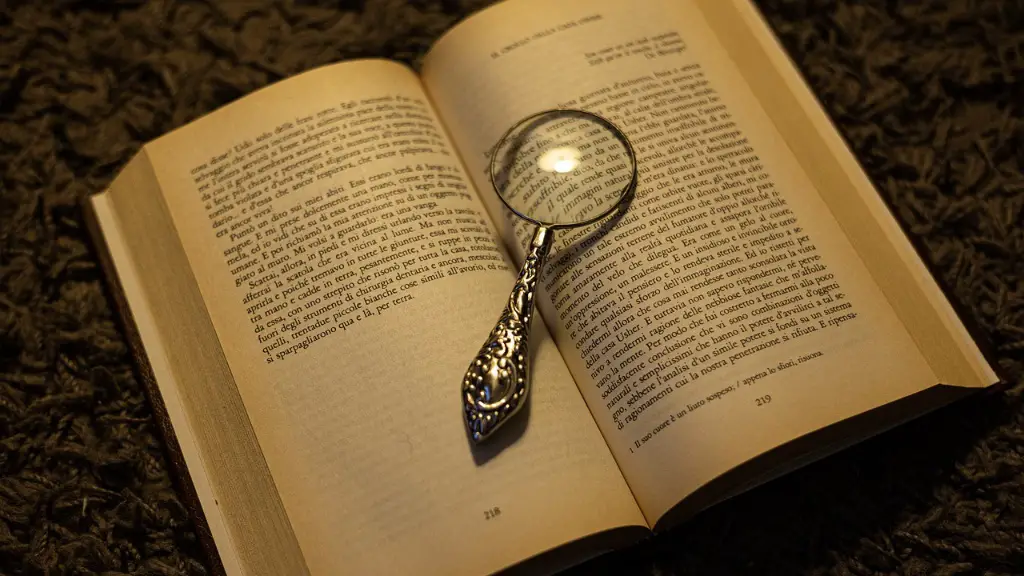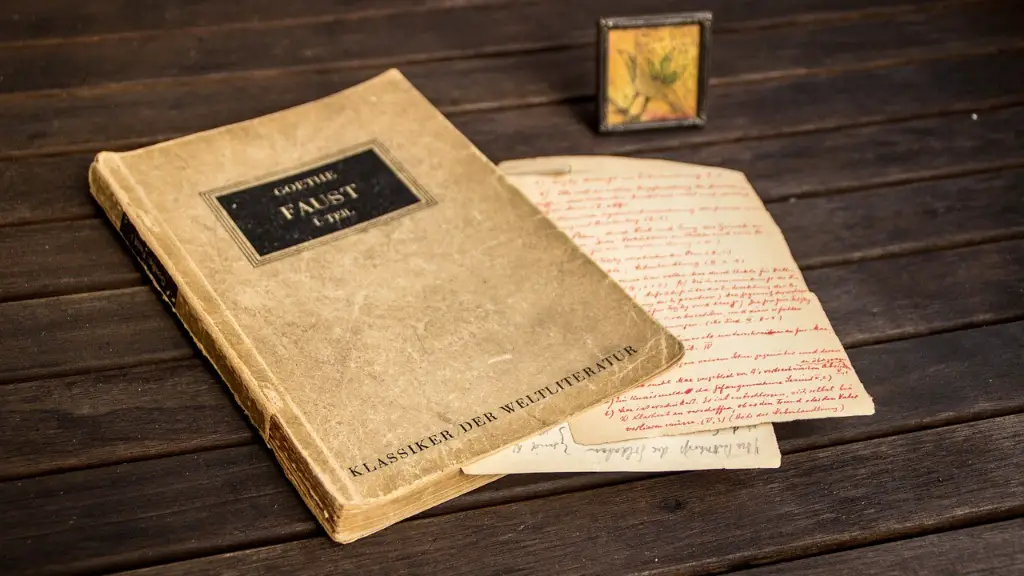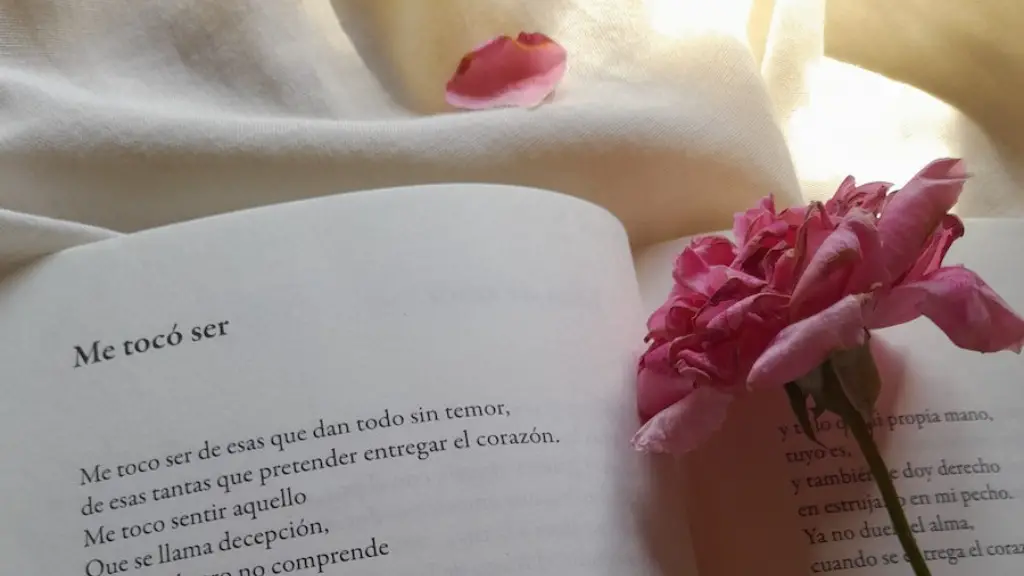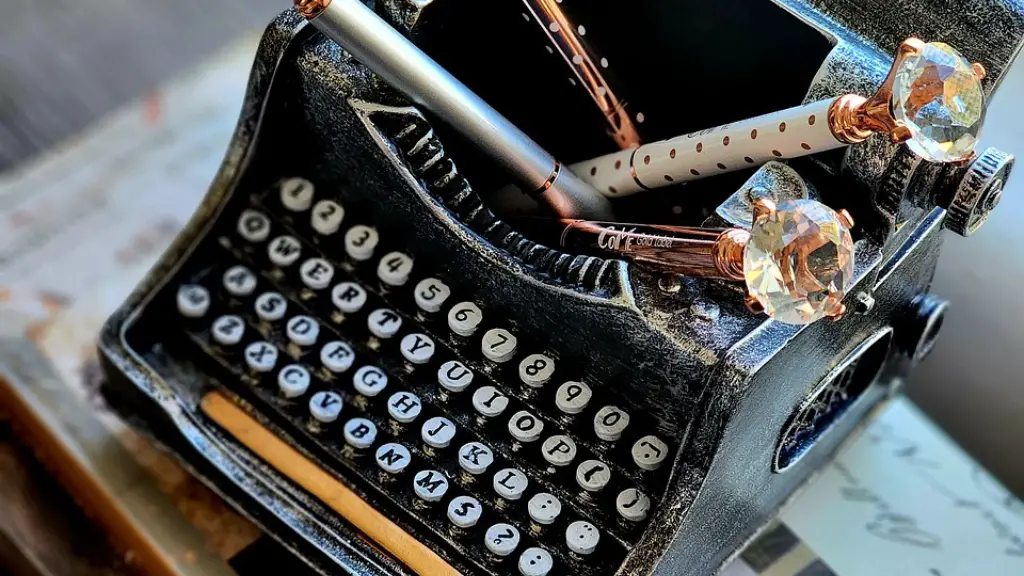Reasoning behind Quality Poetry
A great poem can make you feel emotions you never knew you had. It can provoke thought in the most unexpected moments, leaving you wondering how the poet was able to tap into a feeling you yourself were never able to explain. Poetry is more than just a collection of words, it’s an experience. Therefore, it shouldn’t be a surprise that throughout the years, there has been a lot of debate as to what makes poetry good.
Rhythm, or the flow of a poem, is an important element to consider when determining poetry quality. According to English poet and author Dr. Alexander Bonitz, it has the power to influence emotions, imagery, and meaning. A poem with a slow, lullaby-like rhythm can instantly convey tranquility, while a more upbeat rhythm might be used to portray excitement. To Bonitz, rhythm is one of the “most important aspects” of writing a good poem.
Another factor in determining poetry quality is punctuation, or how the author decides to present pauses throughout the piece. One of the most popular techniques used is caesura, or a series of abrupt stops when reading the poem aloud. The pauses can suggest various degrees of tension between the words and play with the reader’s imagination. For instance, a line such as “Maybe one day, this will all make sense” would have a completely different effect when read with or without the pauses.
The versatility of language can be another factor in making a poem good. By adding powerful descriptions and skillfully chosen words, an author can connect with the reader in a much deeper way. Idioms, metaphors, and similes all contribute to helping a poet communicate his or her feelings and thoughts. With the right words, an author can make a single line stand out or capture a complex emotion in one sentence.
Finally, themes can be a major factor in creating quality poetry. From love and loss to life struggles, shared human experiences help readers to connect with the poem. For example, if a poet talks about the joys of a warm summer day, a reader can be instantly taken back to his or her own childhood memory. When an author successfully- and accurately- portray these emotions, an audience is more likely to enjoy and appreciate the poem.
How Poetry Presents Us with Mood
Another important element to consider when judging poetry quality is the mood it creates. For a poem to be considered good, it should take the reader on an emotional journey- or, in the words of poet Maya Angelou, from “laughter to anguish”. Although the sad moments provide contrast to the happy ones, a good poem should never leave the reader feeling completely down. Author William Faulkner teaches us to “kill the unexpected” instead, that is, provide a twist that leaves the reader wanting more while still maintaining the poem’s sadness.
Certain words, when used in a poem, can create the desired emotion. To evoke sadness, words such as sorrow, grief, and anguish can be used, while liveliness and joy can be portrayed with words like excitement, bliss, and rapture. The best poets use these tools in order to convey a range of feelings, and not just one emotion. When an author is able to accurately capture loss and joy, hope and despair, it shows an impressive level of skill, earning the poem a higher quality rating.
Aside from words, poems can also be judged based on the visuals it creates. Vivid descriptions and the usage of sense-related words, such as sound and smell, all help to stimulate the reader’s imagination. Mark Twain famously said “the difference between the right word and the almost right word is the difference between lightning and a lightning bug”, and the same can certainly be said when writing poetry. A single word can turn an average poem into a great one, while a misplaced word can change the poem’s entire tone.
Finally, powerful metaphors can help to create a great poem. Metaphors, according to writer Chris Orlet, make a great poem by providing “complex metaphors, which are more than mere symbols found in many works of literature”. With metaphors, the author can shrink down his or her whole experience into one line, or even one word. By combining creative language with clever metaphors, a poet can create a vivid, unforgettable poem that stays with the reader even after it has been read.
The Power of Imagery in Poetry
The imagery portrayed in poetry can be the deciding factor in whether a poem is well-received or not. A poem should be written so that it appeals to the readers’ five senses, or else it loses its impact. For example, a line such as “The wind was howling as night fell” would be less effective if it was simply written as “It was dark outside.” With just an extra few words, the poets evoke sight, sound, and movement, immersing the reader in the moment and making them feel like they’re actually there.
Writers must be as specific as possible to create powerful imagery. By using precise descriptions, readers are able to conjure up images in their minds, leaving them with a lasting impression. Poets should also consider their wording when creating imagery. Instead of writing “The sky was red”, they could use words such as “The sky sparkled with a crimson hue.” These small word changes can make a big impact, so it’s important that poets consider each word carefully.
A good poem will often include an underlying story or message. These stories can be a way to encourage readers to look more deeply into the poem in order to uncover the full meaning. The right words can help to send a powerful message without giving it away too easily. For example, when talking about a break-up, a poet might word it as “In hopes of the past becoming the present.” This gives the readers a hint at the story without revealing it outright.
Finally, the poet’s voice can provide powerful imagery for readers. A poem with a strong, confident voice will stand out from the crowd, as it has the ability to show, rather than tell, the story. The author’s unique viewpoint and experiences inspires readers, leaving an impression and showing that poetry is more than just written words- it’s a platform for self-expression.
The Role of Emotions in Poetry
At its core, poetry is all about the emotions. To make their work stand out, a poet must be able to accurately capture the intricacies of human feeling and use words that provoke enough emotion that readers feel like they are personally connected to the experiences being portrayed. Poetry allows authors to explore the depths of their emotions and to tap into feelings that they usually keep hidden away. To make a good poem, authors must be willing to be vulnerable and honest with their readers.
“Good” poetry is often a reflection of the author’s life and emotions, as it allows for an open exploration of topics that cannot be easily discussed in regular conversation. Poets must have the courage and strength to look into their own experiences and feelings and explore them in an unfiltered manner. By being vulnerable and honest with their feelings, authors create a powerful poem that resonates with readers who have had similar experiences.
The best poem contains both hope and sorrow, leaving readers with the feeling of having experienced a journey. The poet should be able to show that every experience in life, whether good or bad, is part of a greater story and that we should embrace the highs and lows of life. Poems that focus on shining a light on their own experiences, no matter how personal, that connect with the readers’ can make a piece of writing stand out.
Writing Styles Used in Poetry
To make a poem truly stand out, the author must use an individual writing style. Poets no longer have to stick to the traditional styles that have been used for generations and can now explore different forms and techniques. Everyone has their own unique voice, and it’s important that authors embrace this and capitalize on it to create a memorable poem.
Sometimes, writers find that writing in a certain way helps them to express their ideas in a more accurate manner. For example, a poet might find that a free verse style works best for the particular poem he or she is writing. It might be used as a way for the poet to convey his or her emotions with more detail and accuracy. Similarly, a haiku might be used if the poet wants to communicate a message in just a few words.
Writing styles can also help to convey particular feelings or ideas. For example, a poem written in a stream-of-consciousness style could be used to capture the feeling of confusion and disorientation, while a more structured form might be used to suggest more order and clarity. By experimenting with different styles, poets can add depth and interest to their work, enabling them to stand out from the crowd.
Finally, the use of symbolism can add to the overall quality of a poem. By using symbols in their work, authors can tap into readers’ emotions and thoughts without giving away the entire story. Additionally, symbols can also be used to create a more vivid image in the reader’s mind. As such, it’s important that poets consider the use of symbolism when writing a poem and make sure it fits with the overall theme.
Typography Used in Poetry
The typography used in a poem can also make a huge difference in how it is received by the readers. Poets should consider how their words will look on the page, as it has great power in evoking emotion and making the reader think. By giving their poem the right typographical treatment, poets can make their work more interesting and be remembered for their unique style.
Typography can be used to emphasize particular words or lines in a poem. By making certain words stand out, readers will pause and pay attention to the line, helping to drive the message home. For example, the words “I love you” in a poem about heartbreak might be set apart in a larger font to show the significance of these words.
Typography can also be used to give the poem a specific style or atmosphere. By choosing a font that reflects the overall tone of the poem, readers will get a better sense of what the author is trying to accomplish. For a poem conveying sadness, a more plain font might be used, while a more decorative font might be used for a poem conveying happiness.
Finally, a poem’s typography can also be used to create different effects. For example, an author might break a line into two sections, with the second section setting off the first. By doing this, the poet can lead the reader to the end of the poem, leaving a lasting impression on them. By considering the typography in a poem, a poet can truly help to make the work stand out for years to come.
Message Behind the Poem
At the end of the day, a poem must have a good message in order to be considered good. Whether it’s about heartbreak or joy, every poem should leave readers with something to think about. A good poem should address a feeling or issue that resonates with the readers, or else it won’t leave much of an impression on them.
It’s not enough for a poem to have a good message, though- it needs to have the right one. A good poem should ask readers to consider their actions and thoughts, and how they can be improved. It should leave readers with a feeling of hope, that something can be done to make the situation better. A good poem should make readers consider their own emotions, as well as those of others, and how they can be addressed.
Additionally, a good poem should be engaging and entertaining. It should ask the reader to think, to ponder the meaning of the words,





